October 10, 2024
Mind Mapping in Education: Research Studies and Benefits
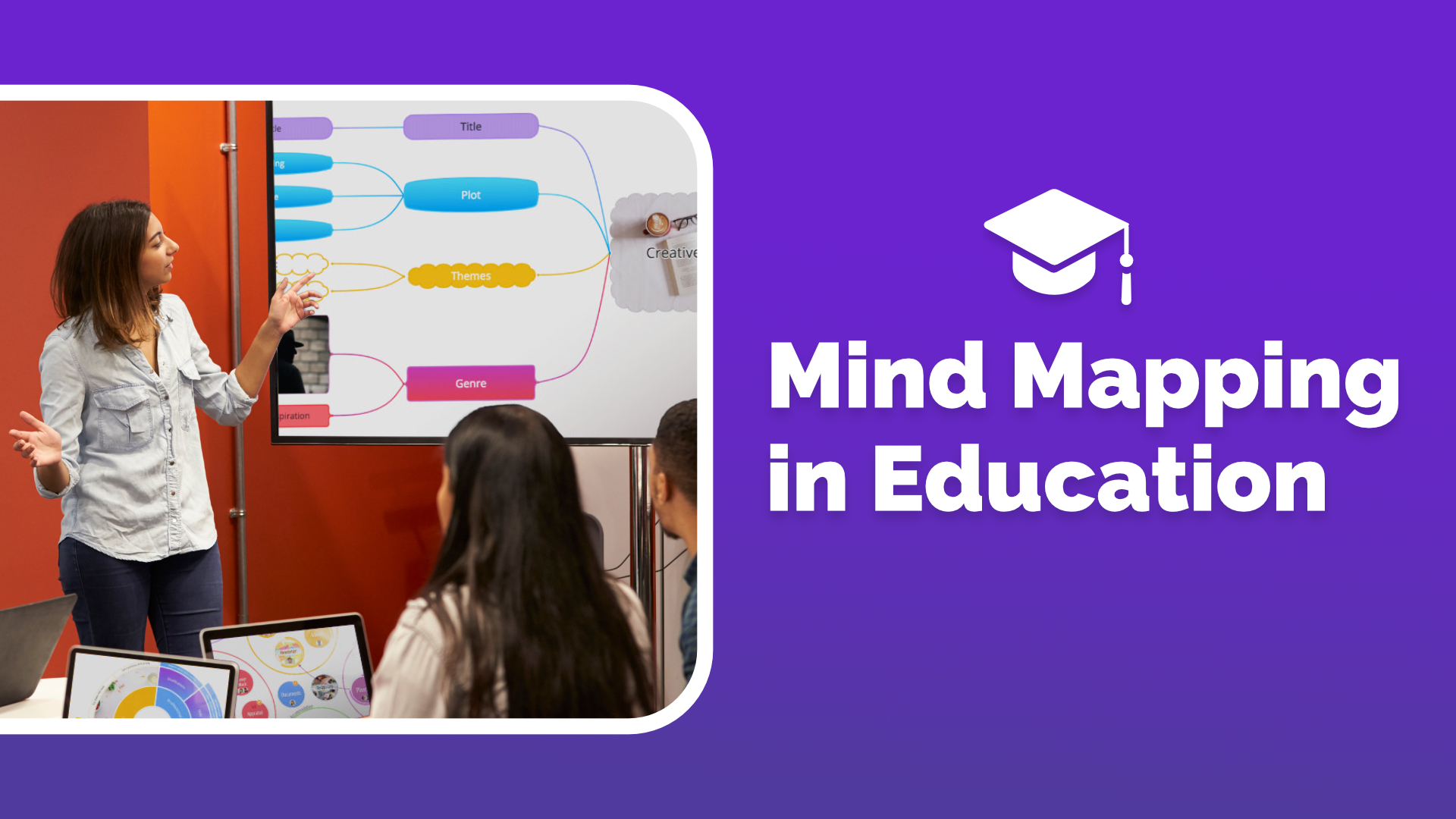
Since Tony Buzan invented Mind Mapping almost 40 years ago, Mind Maps have proved to be a simple but vital aid to learning, and have had amazing success in classrooms all over the world. Tony’s methods have found a willing and eager response from pupils and students of all ages, helping them understand course material, boost memory and recall, generate ideas, assist as a revision aid and help structure coursework.
Significant research has been conducted into the benefits Mind Mapping can bring to the education system, demonstrating why they offer such an essential tool for teaching and learning. Let’s explore some of these studies and their findings:
Improved Factual Recall
A study conducted by Farrand, Hussain, and Hennessey in 2002 examined the effectiveness of using the Mind Map technique to improve factual recall from written information. Medical undergraduate students were exposed to a 600-word passage of scientific text and given three short tests. The results showed that only the Mind Map group maintained their improvement after one week. The researchers concluded that “Mind Maps provide an effective study technique when applied to written material” and are likely to “encourage a deeper level of processing” for better memory formation.
Engaging Classroom Exercise
Budd (2004) conducted an in-class exercise that introduced a group of students to Mind Maps. The results supported the idea that students are engaged in active learning when using Mind Maps. Students were divided into groups of three to facilitate more in-depth analysis of the topic and to collaborate with others. Notably, students with higher scores for a ‘doing’ learning style agreed that they learned a lot from the Mind Map exercise.
Versatile Teaching and Learning Tool
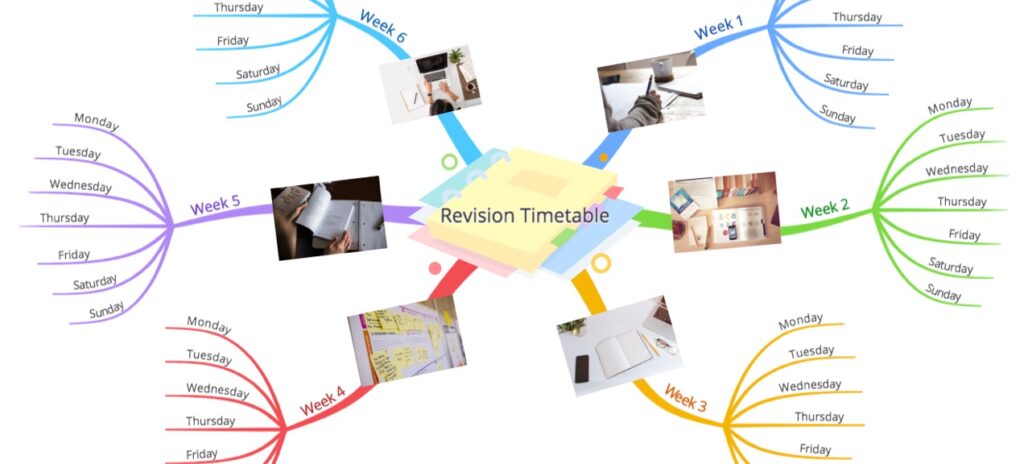
Boyson (2009) examined the use of Mind Maps in teaching and learning from both teacher and student perspectives. For teachers, using Mind Mapping for planning brought about increased understanding of module objectives, helped in identifying a logical teaching route, and increased recall of the subject matter. The student survey revealed:
- More than 80% of students agreed that Mind Mapping might help them remember information.
- 72% agreed that Mind Mapping helped them understand how each topic fits into a subject.
- More than 68% said they would use Mind Mapping for revision.
- More than 75% said they would like to use Mind Maps in other subjects.
Enhancing Writing Skills
Al-Jarf (2009) conducted a study with 86 students to test the effectiveness of Mind Map software in improving writing skills. The group using Mind Maps made higher gains in writing, showing more relevant details and better organised and connected ideas. Students found Mind Mapping fun and helpful in generating and organising ideas, and enjoyed personalising the maps.
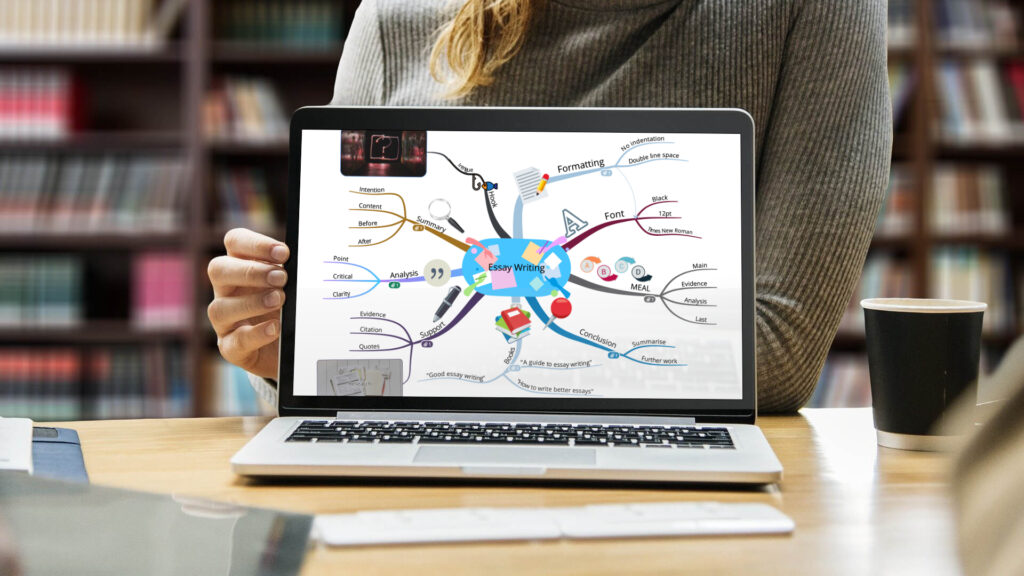
Application in Mathematics Education
A 2003 study revealed several uses for Mind Maps in mathematics education, including organising information, serving as a memory aid, fostering creativity, and showing connections between mathematical concepts. Teachers reported that Mind Mapping was especially beneficial for students who struggled with mathematics, as it helped them visualise connections between concepts.

Executive Education Benefits
A survey of over 70 executive students at an MBA College in Maryland revealed positive findings about Mind Mapping in executive education:
- The majority of students appreciated the technique’s simplicity and its advantage over linear note-taking for recall and creative thinking.
- Students made clear and compelling presentations using only a transparency of their Mind Map.
- Mind Mapping brought a renewed sense of enthusiasm to the classroom and increased students’ confidence in mastering assigned materials.
Improving Memory in Children
Research involving children aged 9–12 years examined the difference in recall of a set of words when using the Mind Map technique compared to a list technique. Preliminary results showed that the Mind Map group had significantly higher improvements in memory, up to 32%, providing evidence that Mind Maps improve recall more effectively than lists.
Supporting Dyslexic Learners
Mind Mapping has proved to be an effective means for accelerating the learning of dyslexics. By helping to revive different parts of the brain and make all sections work together, Mind Mapping can help overcome the limitations of dyslexia. A case study reported by Georgina Kenyon (BBC News Online, 2002) described how a dyslexic student using Mind Maps achieved results far beyond those expected in her final exams.
Digital Mind Maps vs. Paper Mind Maps for Learning
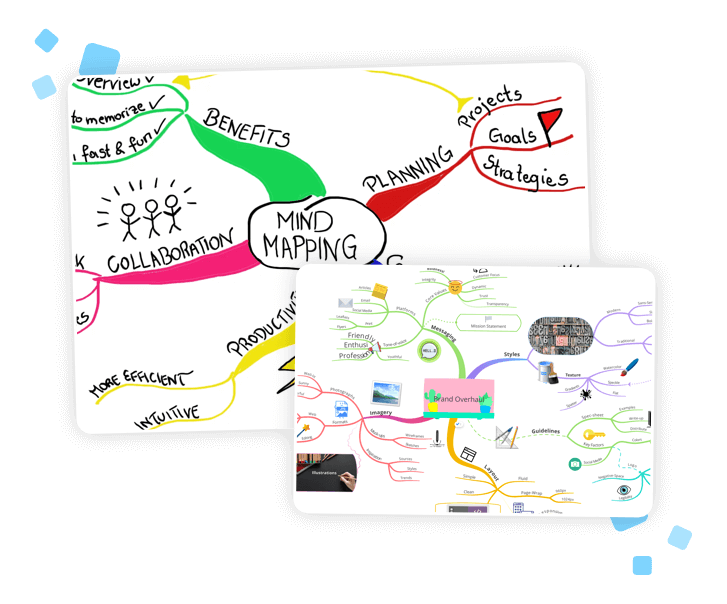
Recent research suggests that digital mind maps may offer additional advantages over paper-based versions. A study by Jbeili (2013) with sixth-grade students in Saudi Arabia found that those using digital mind maps significantly outperformed students using paper mind maps in science achievement tests.
The researchers identified several key factors contributing to the superior performance of digital mind maps:
- Consistent and cleaner appearance
- Interactive features like hide and show options
- Expandable and collapsible topic trees for better information management
- Easy saving, sharing, and retrieval of maps
- Multimedia integration (videos, sounds, animations)
- Inclusion of hyperlinks, email links, and file attachments
These findings suggest that while both types of mind mapping can be beneficial, the unique features of digital mind maps may provide additional support for students’ learning and achievement, particularly in complex subjects like science.
Mind Maps Are A Preferred Method of Learning
A two-year research project conducted by Tim Fenn, a lecturer in construction management at the University of Hertfordshire and Moulton College, provides compelling evidence that mind mapping can become a preferred learning method for students. Using the Ayoa Mind Mapping app, Fenn integrated mind mapping into a sustainable construction diploma course. Key findings from Fenn’s research include:
- Gradual Adoption: Initially, mind mapping was among the least popular learning methods. However, over time, it gained significant traction among students.
- Increased Popularity: By the end of the course, mind mapping had become the second most preferred learning method, just behind practical work. Its popularity increased by 100% from the beginning of the course.
- Outperforming Other Methods: Mind mapping’s rise in popularity contrasted with other initially favoured methods like podcasts and YouTube videos, which either declined or remained stagnant in preference.
- Engagement and Deep Learning: Fenn observed that mind mapping promoted creativity, independent thinking, and deep learning among his students.
- Neurodiversity Support: The flexibility of digital mind mapping tools like Ayoa allowed students with different learning styles, including those with dyslexia, to engage with the material effectively.
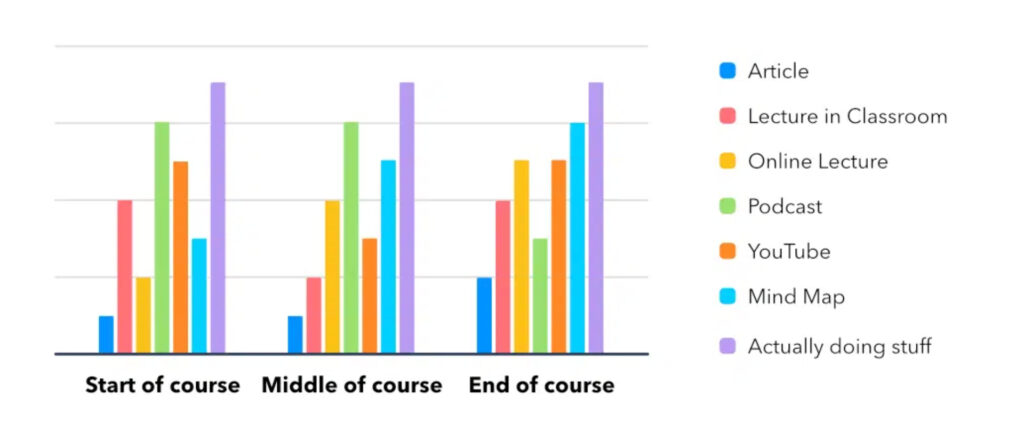
This research underscores the potential of mind mapping as an effective and engaging learning tool, particularly when implemented through user-friendly digital platforms. As education continues to evolve, mind mapping offers a promising approach to enhance student engagement, comprehension, and real-world application of knowledge. The full report from Tim Fenn can be found here.
Conclusion: Mind Maps Improve Learning
In summary, Mind Mapping is a powerful cognitive tool that has shown particular success in situations where students need to gather, interpret, and communicate large quantities of complex information. Its visual and non-linear nature makes it an versatile technique applicable across various educational contexts and learning styles.
